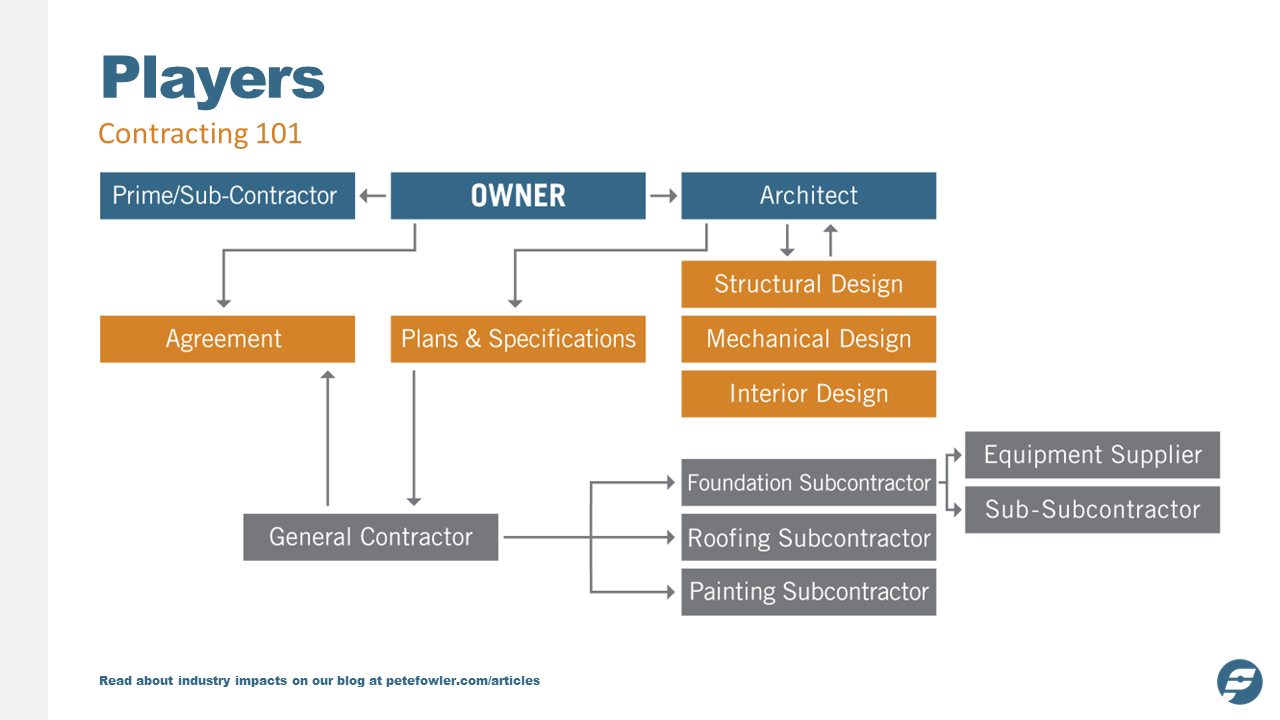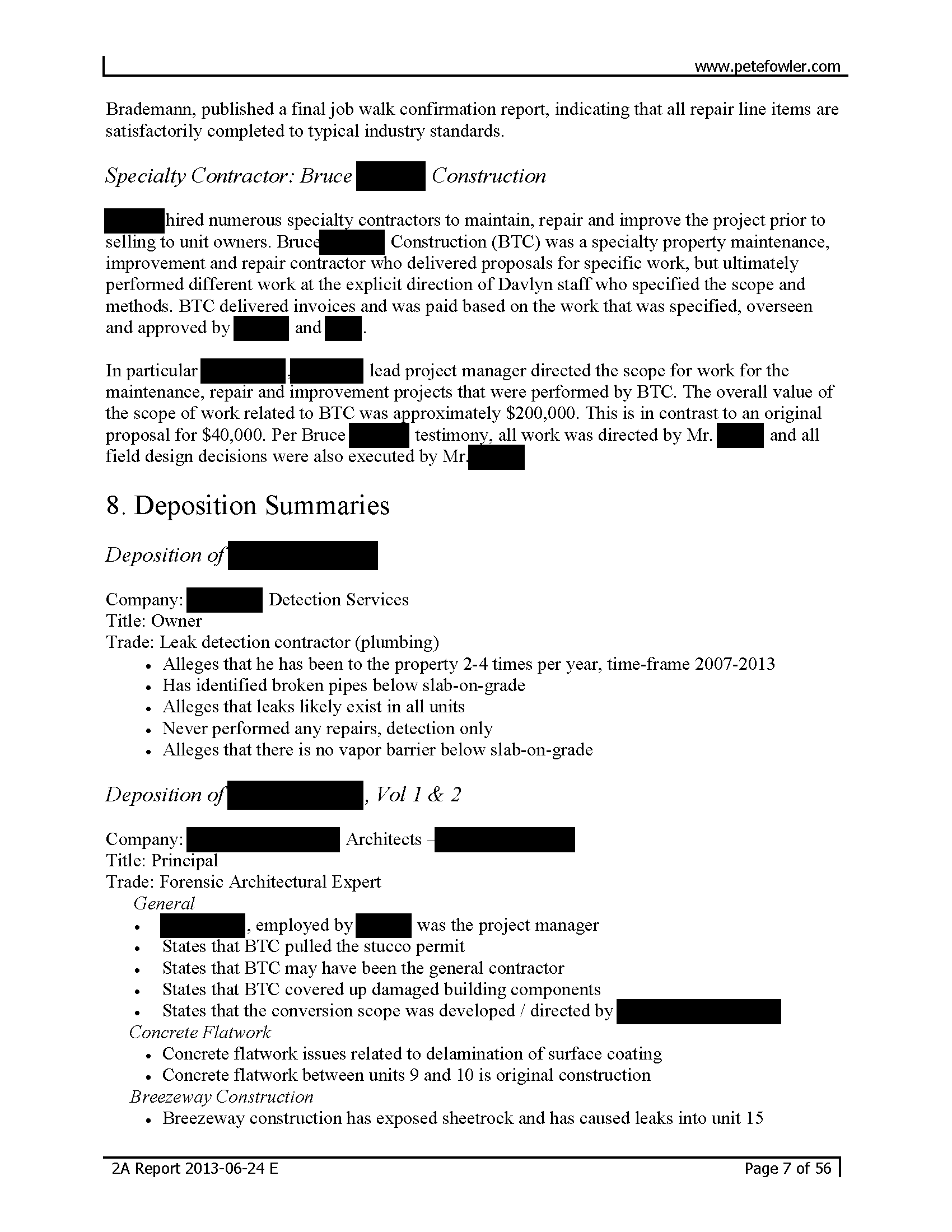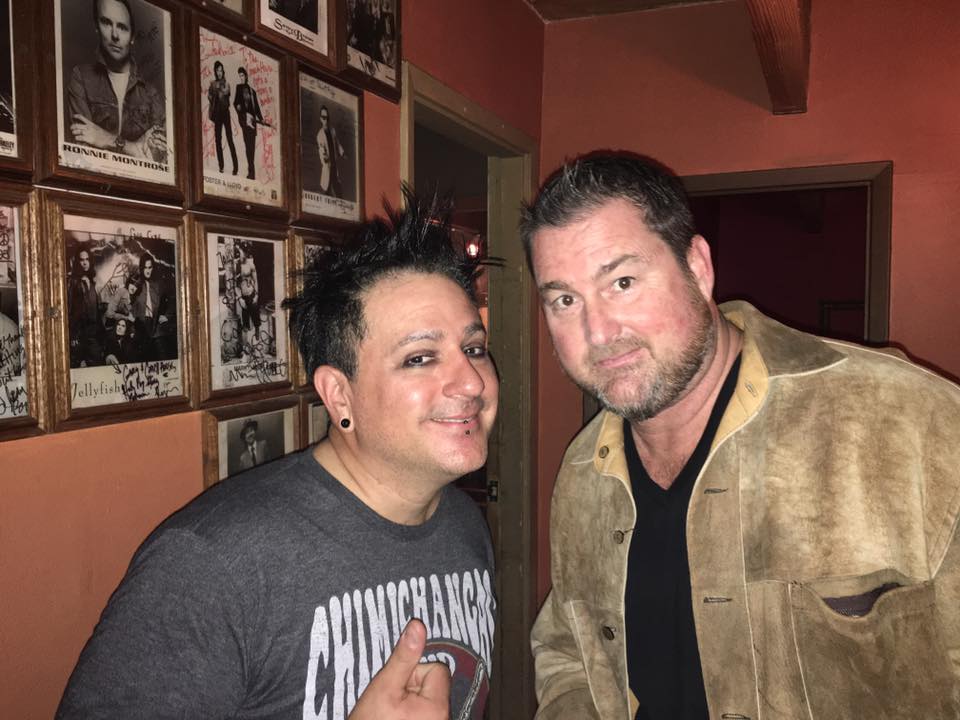Introduction
We recently published a post called Who Would You Prefer As Your Contractor? So here is our method to find professional (not criminal or incompetent) Contractors or consultants. The process works for any type of hiring BTW, including doctors, lawyers, accountants... Seriously, anything. In list form, it seems like more work than it is. Jump to the bottom for an abbreviated procedure for small jobs.
Big Picture Hiring Process
We define what good performance looks like.
We identify minimum qualifications, keeping in mind that the only reliable predictor of future performance is past performance.
We find candidates and ask them if they are interested.
We negotiate the terms of a win-win performance agreement, based on our definition of what good performance looks like.
We create and follow-through on a mechanism to verify that the good performance, defined at the beginning of the process, and communicated clearly in the win-win performance agreement, is taking place.
This applies to:
Hiring a plumber to fix a leak
Hiring a part or full-time employee
Hiring an Independent Contractor to perform a specific scope of work
Hiring an architect to design a home
Hiring a contractor to build a $50 million project
Hiring a dentist!
Hiring Procedure
Outline the Scope of Work in a Sensible List.
Define the Scope of Work clearly enough so the contractor knows exactly what to do and where, including material specifications and so that a third-party inspector can verify conformance with the specification.
Layout a Budget and Bid Form using the Sensible List.
Layout a Progress Schedule form using the Sensible List.
Use a blank contract form in coordination with the Owner’s lawyer.
Write a "One Minute Summary" (less than 250 words) of the project and what you're looking for.
Package all of the above in an RFP (Request for Proposal), including an invitation to bid document that includes the One Minute Summary, minimum contractor requirements and qualifications, your selection process, some project images to give an idea of where and what the project is, etc.
Identify and pre-qualify interested contractors, and send them the RFP Package. If you don't know any contractors, then first apply Proving the Obvious Using Google to find some, then:
Call anyone remotely connected to the contracting specialty we're looking for. Get them on the phone and:
Read the One Minute Summary and ask if they offer the kind of help we're looking for. If yes:
Interview them and take really good notes. Ask all the who, what, when, where, why, how, how many, and how much (8 W's) questions. If no:
Ask them if they know who can help, and try to get more than one referral, if possible. Ask "Who is the best person in this field?"
Repeat this from item 8.1-8.4 until you have spoken to AT LEAST 3 qualified, interested vendors. More than 3 is WAY better; up to as many as 10 because people often fail to deliver the bids they promise.
Each vendor we speak with we learn something important, so after the last one we sometimes need to re-interview the earlier people before making a decision.
If you are new to an area, this could take 2-4 hours but you will begin to hear the same names over and over. This is when you know you've made enough calls. It's best to keep track of how many people referred you to each of the prospective contractors.
Job walk the contractors.
Accept bids only on the Bid Form and with a Progress Schedule filled in by the contractor and a list of 3 current and applicable references with contact information.
Evaluate proposals, contractors, bids and schedules.
Call references and verify contractor's license and insurance.
Make a hiring decision.
Execute the agreement.
Collect all insurance documents.
Set a date for the Project Kickoff Meeting.
Keep planning for project success.
Abbreviated Process to Quickly Hire a Specialty Contractor for A Small Job
Write a "One Minute Summary" (less than 250 words) of the situation and what we're looking for.
Call anyone remotely connected to the specialty we're looking for. Get them on the phone and:
Read the One Minute Summary and ask if they offer the kind of help we're looking for. If yes:
Interview them and take really good notes. Ask all the who, what, when, where, why, how, how many, and how much (8 W's) questions. If no:
Ask them if they know who can help, and try to get more than one referral, if possible. Ask "Who is the best person in this field?"
Repeat this from item 2. until we have spoken to AT LEAST 3 qualified, interested people / vendors. Each one we speak with we learn something important, so after the last one we sometimes need to re-interview the earlier people before making a decision.
Verify contractor's license and insurance.
Review notes and make a hiring decision.
Update the One Minute Summary and use it as part of the written "Agreement" (contract) with our chosen professional. Make sure the Objective is stated really clearly. For construction, you also need a detailed, written Scope of Work (too much detail for this post).
Refer back to the written Agreement throughout the engagement, especially when payments are being made, to make sure the objective is being met.
A Super Simple Example
One of my friends reached out for help with a problem he needed solved at his home due to vandalism. So I used Google Docs and spent 5-10 minutes to compose a "One Minute Summary" of what my friend needed.
"We are looking for an electrician to replace and install the keypad for a residential gate, check the motor, and reprogram the keypad. The home is located at 1234 Main Road in Happy Town, USA. The keypad at the gate on Main Road needs to be replaced because it was cut and taken in the course of a minor vandalism. Please call XXX-XXX-XXXX or email (xxx@xxxx.xxx) for details or to arrange a visit. As you can imagine, time is of the essence."
It always takes several passes to get a One Minute Summary right. The goal is to make it easily understandable and readable by anyone, in less than 250 words. We use small words and short sentences, all in a sensible order. We usually work from large to small. Use the 8 Ws as a checklist: Who, what, where, why, when, how much, how many, how. The best way to know if you have succeeded is to find someone to "peer review" your work. Before they read, tell them "The objective is to make this easily understandable and readable by anyone. I am completely open to constructive criticism." If they have to ask a question about what you have written, it needs another pass.
Then I used Google Maps and a very simple screenshot program (Faststone Capture) to create a few images that showed exactly where the work was to take place. I saved the images with the One Minute Summary as a 2-page PDF file that served as a mini-RFP (Request for Proposal). The original document was 4-pages, so I made the images a bit smaller and changed their order to get it down to 2-pages.
I did all of this work to make the project seem small, simple, and as easy to understand as possible. I know from experience that this attention to detail makes a difference in the quality of the proposals we receive and their price. If contractors think the work is going to be easy, the price is lower; if they perceive it as difficult, the price will be higher. By thinking through these details, as simple as it may seem, we make the project easier for the contractor to quote, easier to contract, easier to plan, easier to perform, easier to complete successfully, and easy to get paid quickly. THIS is how we get the highest quality and lowest prices!
Since this was my friend, and not a client, I then explained that he (rather than I) should ask for referrals from friends and colleagues, and search for qualified companies on services like Yelp, Angie's List, and other local sites that have a mechanism for ratings from past clients. Most people think getting a referral from a friend is better than a site like Yelp, but as a construction litigation consultant, my experience leads me to disagree. My experience has taught me that only competition leads to higher quality and lower prices; nothing else. I told my friend that he should send the document (our mini-RFP) to somewhere between 5-10 companies that seemed qualified. Not 100% will even respond. Then talk on the telephone to each who responds. Ask the 3-5 smartest sounding contractors to give you a proposal.
When making a selection, don't only consider lowest price. Sometimes “lowest price” means “dumbest contractor.” And when you get a dumb contractor, it leads to headaches, defects, and usually an even higher price than you would have paid a competent contractor with a higher (more sensible) price. I highly recommended that my friend ask for and call references.
When my company hires contractors, we typically do so using an industry standard form (like ConsensusDocs or AIA), but this is a small project, the Owner does not have easy access to standard form agreements, and he wants to make it easy on the most qualified contractor to get to work, so I told him to just make sure there were no really egregious terms, and to verify that the contractor carried a current Commercial General Liability (CGL) insurance policy. Most state contractors license boards keep this information current, so I advised my friend to check there for license and insurance status.
Finally, after receiving the price, but before signing the contract I told him to ask, "What are the most likely ways this could cost me more than your proposal amount? I understand that if the motor does not work any longer, replacing it will be an additional charge. So what else could happen to cost me more? And if one of these happens, how do we price that additional work?" I told him to make sure to write down the contractor’s answers to these questions.
With all that, my friend was ready to get his gate fixed at a fair price by a competent contractor. But of course he said, "Ugh. That seems like a lot of work! I am busy and just want my gate fixed." I explained that most work like his project is contracted by owners using the "Hope & Prayer Method" rather than mine, and that he was welcome to do that, but it's the reason the home improvement industry competes every year with used car dealers for the most consumer complaints. Granted, my method will take 1 to 3 hours, but it will likely save 10% to 300% (literally) and is the closest thing possible to a guarantee of success.
Resources





























































































